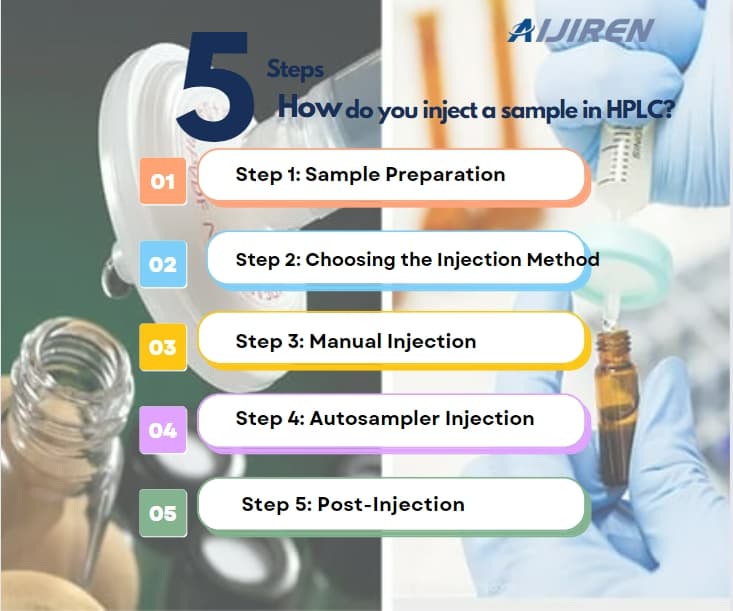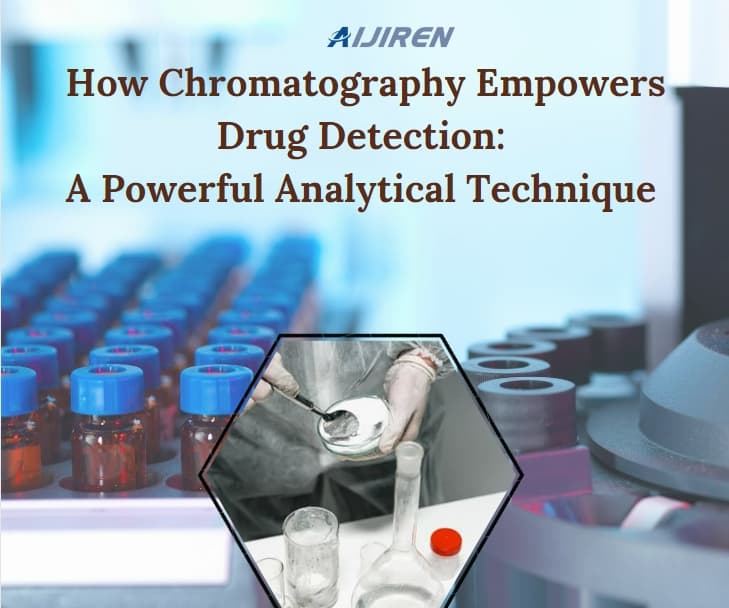High-Performance Liquid Chromatography (HPLC) in Drug Analysis: Unraveling the Molecular Landscape
High-Performance Liquid Chromatography (HPLC) has emerged as a cornerstone in the realm of pharmaceutical analysis, playing a pivotal role in ensuring the safety, efficacy, and quality of drugs. In drug analysis, HPLC stands as a powerful and versatile technique that allows scientists to unravel the intricate molecular landscapes of pharmaceutical compounds with unparalleled precision.
1. Precision in Quantitative Analysis:
HPLC excels in quantitative analysis, enabling scientists to determine the concentration of specific compounds within a drug formulation. This precision is crucial in pharmaceutical development and quality control, where even minute variations can significantly impact a drug’s performance and safety profile.
2. Identification of Active Ingredients:
One of the primary objectives in drug analysis is the identification of active pharmaceutical ingredients (APIs) within a formulation. HPLC, with its ability to separate and detect individual components in complex mixtures, facilitates the identification of APIs, ensuring that drugs meet regulatory standards and specifications.
3. Impurity Profiling:
Ensuring the purity of pharmaceuticals is paramount, and HPLC is a powerful tool in impurity profiling. By separating and quantifying impurities present in a drug sample, HPLC helps assess the overall quality and safety of pharmaceutical products. This capability is crucial in adhering to stringent regulatory requirements.
4. Pharmacokinetic Studies:
Understanding the pharmacokinetics of a drug—how it is absorbed, distributed, metabolized, and excreted—is fundamental in drug development. HPLC allows scientists to trace the journey of a drug within biological systems by analyzing its presence and concentrations in various biological fluids, providing insights into its efficacy and potential side effects.
5. Bioequivalence Studies:
In the realm of generic drug development, demonstrating bioequivalence to the reference product is vital. HPLC facilitates these studies by comparing the pharmacokinetic profiles of the generic and reference drugs, ensuring that the generic product performs equivalently in the human body.
6. Stability Testing:
Pharmaceutical formulations must remain stable over time to ensure their efficacy and safety. HPLC is employed in stability testing to monitor the degradation of drugs under various conditions, helping scientists identify potential stability issues and optimize formulations for prolonged shelf life.
7. Chiral Separations:
In many drug molecules, chirality plays a crucial role in their biological activity. HPLC, particularly in its chiral chromatography form, enables the separation of enantiomers, providing insights into the pharmacological differences between mirror-image molecules and aiding in the development of safer and more effective drugs.
In the dynamic landscape of drug analysis, HPLC stands as a versatile and indispensable tool. Its precision, sensitivity, and ability to handle a wide range of sample types make it an ideal choice for pharmaceutical scientists striving to unlock the secrets of drug formulations. As pharmaceutical research and development continue to evolve, HPLC remains at the forefront, contributing to the discovery and optimization of novel therapeutic agents.
Back to List
-
 下午2:56How do you inject a sample in HPLC?
下午2:56How do you inject a sample in HPLC? -
 上午9:04How Chromatography Empowers Drug Detection: A Powerful Analytical Technique
上午9:04How Chromatography Empowers Drug Detection: A Powerful Analytical Technique -
 下午5:01Navigating Micro Inserts for HPLC Vials: A Comprehensive Guide
下午5:01Navigating Micro Inserts for HPLC Vials: A Comprehensive Guide -
.jpg) 下午5:14Common faults and solutions of automatic samplers(1)
下午5:14Common faults and solutions of automatic samplers(1) -
 下午5:08Ensuring Sample Integrity: Navigating EPA Storage Vials Stability Guidelines
下午5:08Ensuring Sample Integrity: Navigating EPA Storage Vials Stability Guidelines

